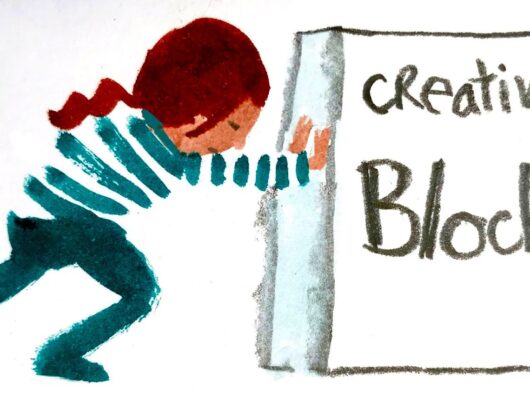Storytelling is an ancient art form that has been an integral part of human culture for centuries.
From the earliest cave paintings to the modern-day blockbuster films, stories have played a fundamental role in our lives, shaping our beliefs, culture, and understanding of the world.
In this article, we will explore the power of storytelling, its impact on communication, and how you can become a more effective storyteller.
The Power of Storytelling
Stories have a unique ability to engage our minds and emotions. They allow us to connect with the experiences and perspectives of others, fostering empathy and understanding.
Whether it’s a gripping novel, a captivating movie, or a simple anecdote shared among friends, stories have the power to:
- Capture Attention: A well-told story grabs the audience’s attention and holds it. It piques curiosity and creates a sense of anticipation.
- Convey Complex Ideas: Stories can simplify complex concepts, making them easier to understand and remember. They serve as effective teaching tools.
- Evoke Emotions: Stories can elicit a wide range of emotions, from joy and laughter to sadness and empathy. Emotional connections are key to effective communication.
- Inspire Action: Stories have the power to motivate people to take action. They can influence decision-making and drive change.
Elements of Effective Storytelling
Crafting a compelling story requires a mix of art and technique. Here are some essential elements to consider:
- Characters: Relatable and well-developed characters are at the heart of any good story. Your audience should care about what happens to them.
- Conflict: Every story needs conflict, whether it’s a personal struggle, a societal issue, or an external threat. Conflict creates tension and drives the narrative forward.
- Setting: A vivid and well-described setting helps immerse the audience in the story’s world, making it more tangible and memorable.
- Plot: The plot is the sequence of events that make up the story. It should have a clear beginning, middle, and end, with rising action and a resolution.
- Theme: Every story should convey a theme or message, whether it’s about love, perseverance, justice, or any other concept. The theme gives the story depth and meaning.
- Narrative Voice: The way you tell the story matters. Consider the tone, point of view, and style of narration that best suits your message.
Tips for Effective Storytelling
- Know Your Audience: Tailor your story to your audience’s interests and preferences. What resonates with one group may not work for another.
- Start with a Hook: Begin your story with a compelling opening that grabs attention and sets the stage for what’s to come.
- Show, Don’t Tell: Instead of explicitly stating facts or emotions, use descriptive language and actions to allow the audience to experience the story themselves.
- Create Suspense: Keep the audience engaged by introducing questions or challenges that need resolution.
- Use Visuals: If appropriate, incorporate visuals, such as images or props, to enhance the storytelling experience.
- Practice: Like any skill, storytelling improves with practice. Tell your stories to friends, family, or colleagues to refine your technique.
In conclusion, storytelling is a powerful tool for communication and connection. Whether you’re a writer, a speaker, a marketer, or simply someone who wants to convey a message effectively, mastering the art of storytelling is a valuable skill.
By understanding the elements of storytelling and practicing your craft, you can captivate and inspire your audience, leaving a lasting impact with your narratives.






